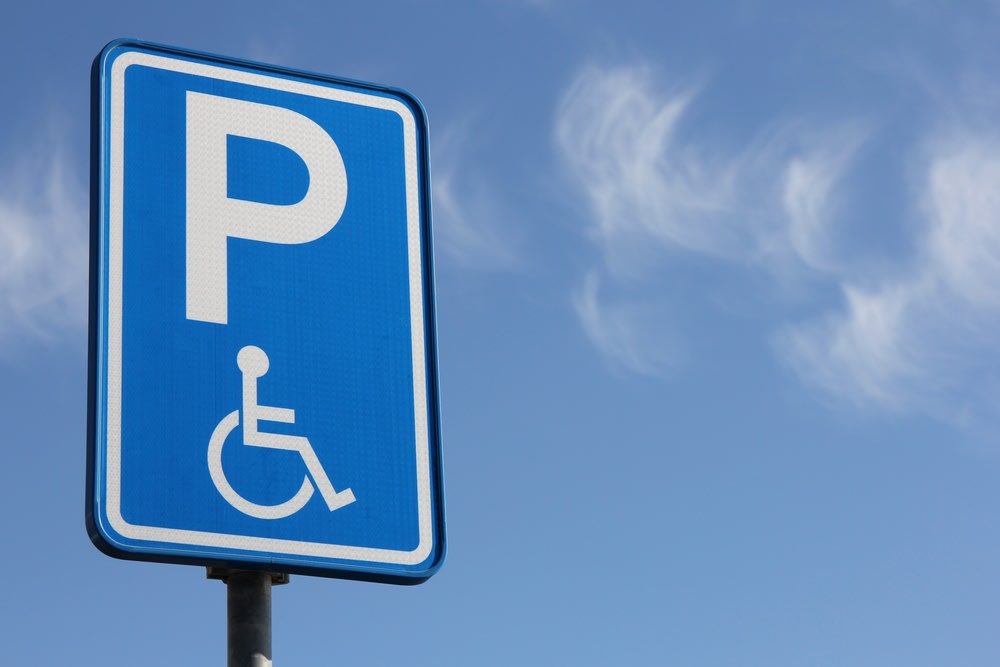

When it comes to disabled driver permits, each state has its own regulations. Georgia has its own specific guidelines for how to obtain a disabled driver permit and/or license plate.
Let’s start with your eligibility.
How do you know if you qualify as a disabled driver in the state of Georgia? The following are some of the conditions that will allow you to receive a disabled driver permit and/or license plate in the state of Georgia.
If you have lost the use of both hands.
If you suffer from severe arthritis that inhibits your ability to walk.
If you cannot walk 150-200 feet without stopping to rest.
If you suffer from a lung disease that inhibits your ability to breathe.
If you suffer from a cardiac condition classified as a Class III or IV by the American Heart Association.
If you are legally blind.
If you are hearing impaired.
If you have one or more of these ailments, then it is very likely that you are eligible for a disabled parking permit and/or license plate in the state of Georgia.
Now that you have established your eligibility, you will want to decide if you would like to obtain a permit or a license plate.
If you suffer from a temporary disability, a temporary permit is probably the best choice. Temporary parking permits are valid for 180 days, and permanent and special parking permits for four years.
It is important to note that all parking permits (temporary, permanent, and special permits) are free and must be applied for in person at your local county tag office.
Some offices may accept applications by mail. Contact the Georgia DOR to find out if your county accepts mailed applications.
Depending on the severity of your disability, you will be eligible for a temporary, permanent, or special permit. A licensed physician will determine the severity of your disability. Special permits are reserved for those with modified vehicles or for those who are unable to use both arms.
How do I apply for a permit?
In order to apply for a permit, you must complete the Disabled Person's Parking Affidavit (Form MV-9D).
This form requires medical certification, meaning you must have a licensed physician verify that you suffer from a condition that makes you eligible for a disabled driver permit and/or license plate.
Examples of licensed physicians include:
An osteopath, chiropractor, or podiatrist
An ophthalmologist or optometrist
A general physician
You must then submit your application in person to your local county tag office, or contact the office and inquire about applying by mail.
Are placards and license plates free?
Disability driver license plates require a fee of 20 dollars, while the placards are free. To receive a disability driver license plate for the state of Georgia you go through the same process as if you were applying for a placard: complete Form MV-9D and submit the form in person to your local county tag office.
Another option is to complete the Motor Vehicle Title/Tag Application (Form MV-1) and submit this in person to your local county tag office. Form MV-1 is available for download at . Disabled driver license plates, like permanent and special permits, are valid for four years.
What if I am a veteran?
Georgia also offers disabled driver license plates to qualifying veterans. In order to be eligible, you must have 100% disability status, loss of feet or hands, and/or vision loss. You will also need to complete the Request for Manufacture of a Special Veteran License Plate (Form MV-9W) .
In addition, you will need to provide proof of your disability. You may do this by submitting a VA entitlement letter for VA certified disabilities, or a statement certified by your doctor confirming that you suffer from a disability. Lastly, you must provide proof of your military service. To do this you may submit discharge papers with documentation of your current service. There is no cost for disabled veteran license plates, although be aware that you may still be responsible for vehicle taxes.
Where am I allowed or not allowed to park with my parking permit?
While a disabled parking permit does allow you to park in many areas, some are still restricted. These include bus and loading zones; areas marked “no stopping anytime”; and striped areas next to handicap parking areas. Also, make sure that you display your placard from your rearview mirror so that law enforcement officers can see it if they need to. Driving with the placard hanging from your mirror may obstruct your ability to see the road, so it is recommended that you display the placard only after you are parked in your location.



